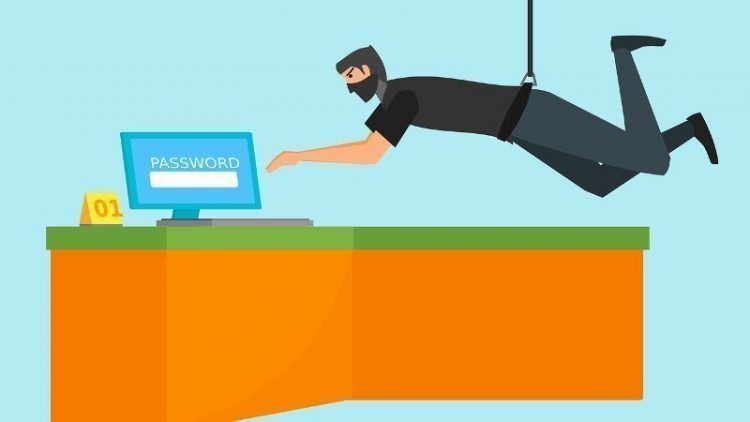
Everyone wants their organization to be safer. With the number of hackers, internal threats and other threats to your network security, you can always find a new security practice.
For this article, we are not telling you to encrypt the data or build a firewall. We assume that you have achieved this. These 7 Best Practices are items you may not have considered, but definitely should. Take a look at the checklist to see if any of these best practices for network security have lost you think of your Insider threat program this year:

1. Monitor applications with data access rights
The application is great. They provide your company with the tools needed to make it productive. But they also put your sensitive data at risk. When IT security tries to protect critical information, it is often necessary to build a firewall and build your infrastructure around the data to be protected. Then, you grant the application access to this data. When hackers try to steal your data, they will not try to pass through your firewall, they will look for the safest system to access the data they need.
2. Create a specific access control
Once your IT network is secure, you need to be very careful as you decide to give the key to the kingdom. Ideally, it should not be anyone. By creating specific access controls for all users, you can restrict access to only the systems they need to perform their tasks and limit the exposure of sensitive data.
3. Collect detailed logs
A complete record of what's happening in the system - you should collect detailed log and report data, both for security and troubleshooting purposes. This is especially true for applications that do not have internal logging. By adding tools that record the activities of these applications, you will be able to insert any security vulnerabilities that these applications may create.
4. Maintain security patches
When cybercriminals continue to invent new technologies and look for new vulnerabilities, an optimized security network can only be optimized for such a long time. When Home Depot's POS system was hacked last summer, they were installing a security patch that would completely protect them. To protect your network, make sure your software and hardware security is up-to-date with any new anti-malware signatures or patches.
5. Be careful of social engineering
All the technologies you implement IT security can not replace common sense and human error. For decades, social engineering tactics have been successfully applied to obtain login information and access encrypted files. Rogers Communications recently faced serious defaults when a hacker called an employee pretending to be an IT department and had access to employee login information. Attempts like this may come from phone calls, e-mails or other communications with your users. The best defense is ...
6. Educate and train your users
No matter how talented, your users will always be your most vulnerable aspects of information security. This does not mean that you can not limit this risk by regularly introducing users to network security best practices.
This training should include how to identify phishing emails, how to create strong passwords, avoid dangerous applications, obtain information from the company, and any other related user security risks.
7. Outline Clear usage policies for new employees and suppliers
To enhance and clarify your education to users, you should clearly outline your company's requirements and expectations for your first IT security engagement. Ensure that employment contracts and SLAs have chapters that clearly define these safety requirements.
8. User activity monitoring
Trust but want to verify. While well-trained users can serve as your security front, you still need technology as your last line of defense. User activity monitoring allows you to monitor users to verify that their actions meet good security practices. You will receive notification of suspicious activity immediately if a malicious external person accesses their login information, or if the insider chooses to take advantage of their system access.
9. Maintain compliance
Hopefully, these best practices are a useful guide for ensuring your business's security, but you have another set of guidelines for you to use. HIPAA, PCI DSS, and ISO provide a standard for how your business should achieve its security. Not only do you need to prepare your audit logs for trouble, compliance can help guide your business.
Author Jenny Clark
Source
Do you have a tip on improving Cybersecurity? Please share in the box below.

No comments:
Post a Comment